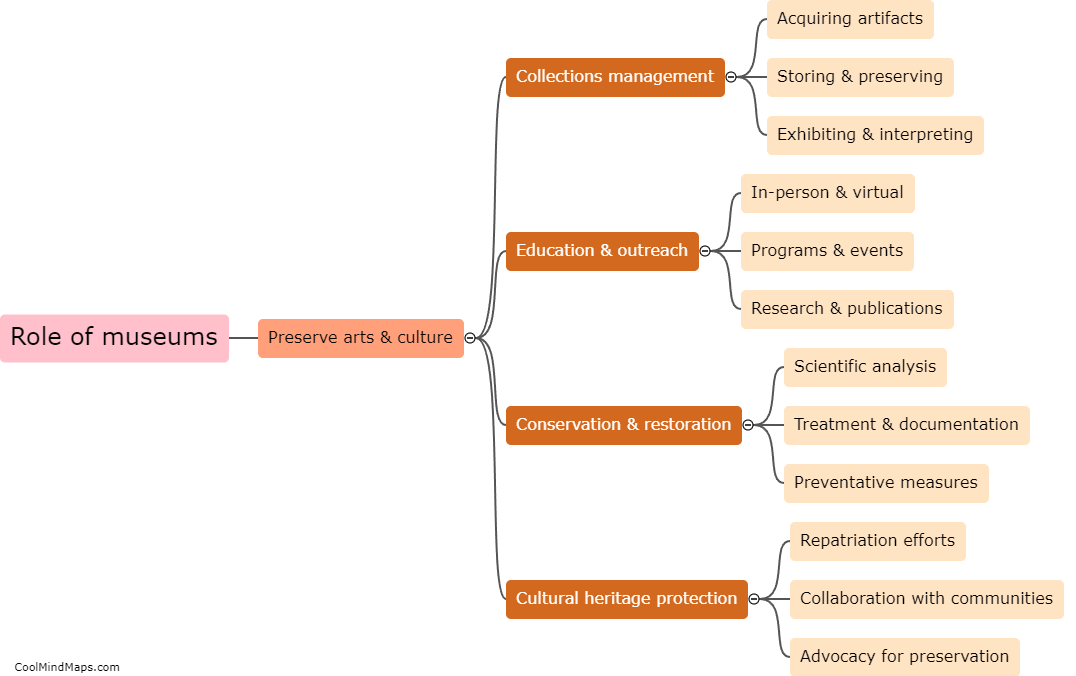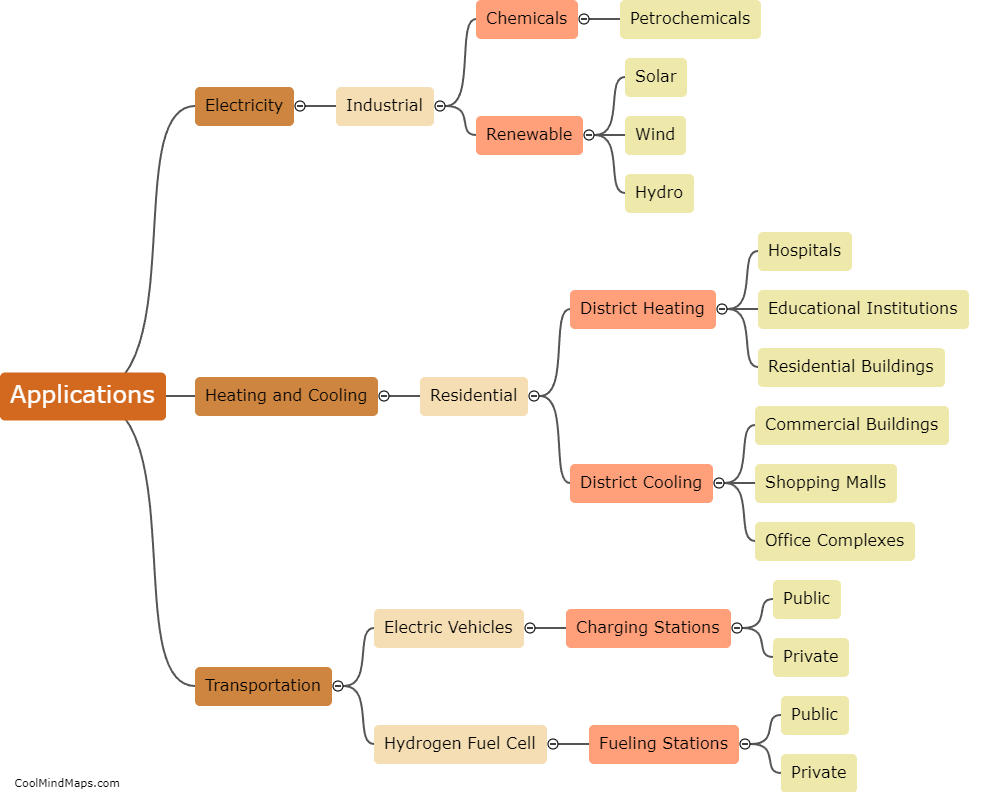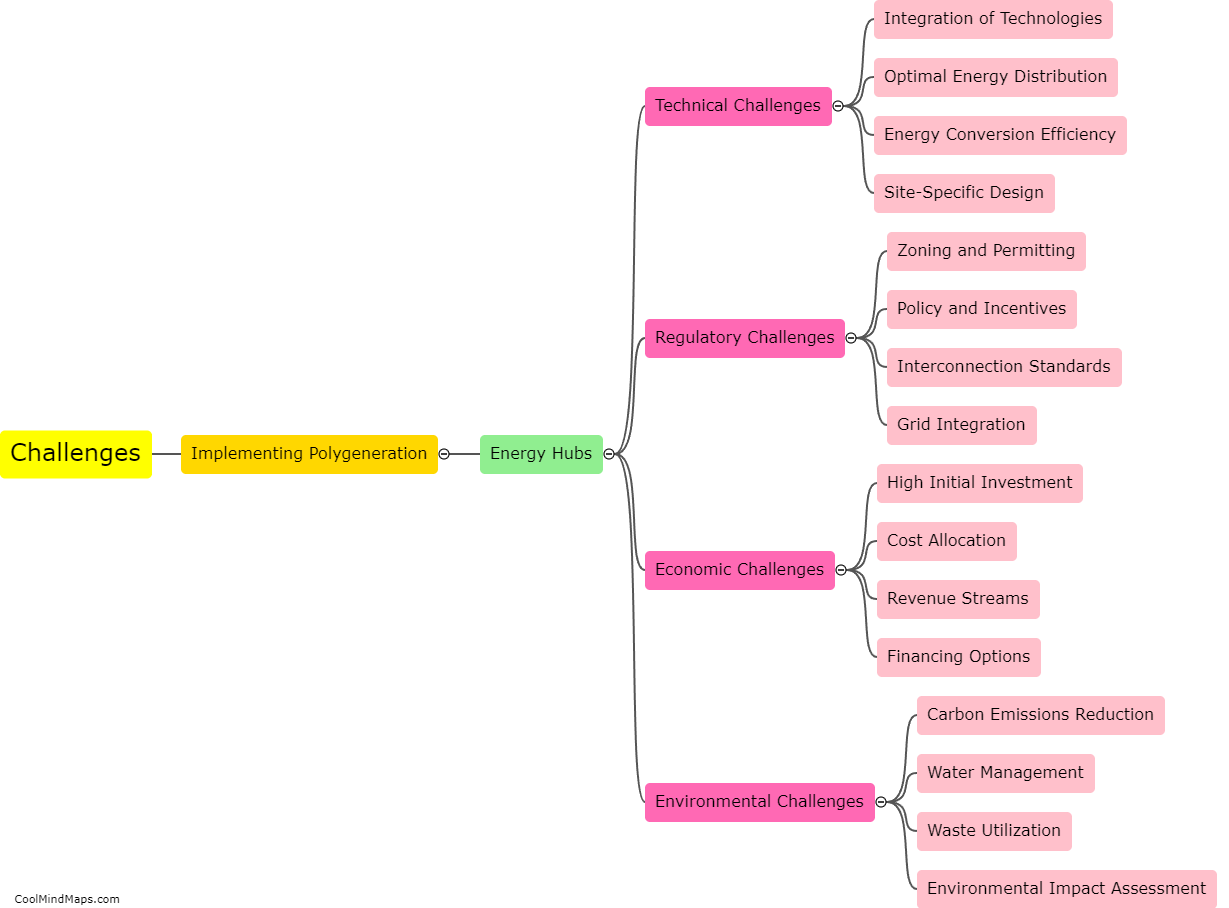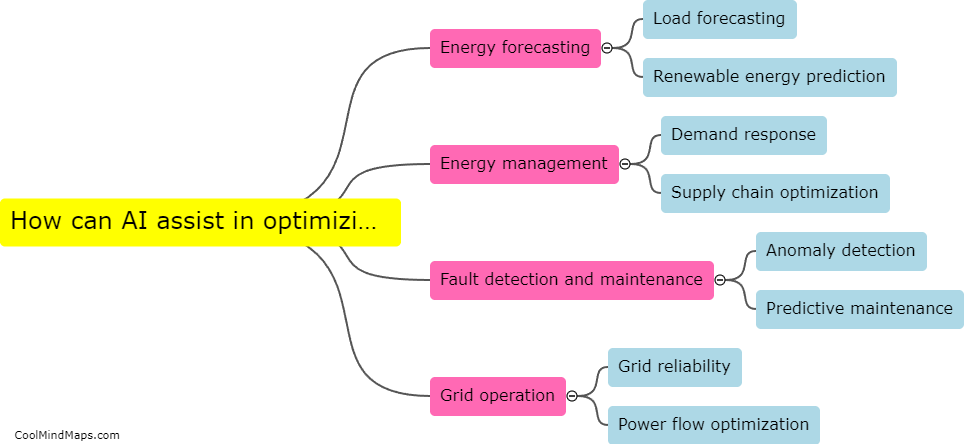How can chemical products be produced or generated in a polygeneration energy hub?
A polygeneration energy hub refers to an integrated and efficient system that combines multiple energy streams and utilizes them to produce various forms of energy and chemical products. In such a system, chemical products can be produced or generated in several ways. Firstly, these hubs often incorporate advanced technologies like gasification, pyrolysis, or biochemical processes to convert various feedstocks such as biomass, municipal solid waste, or natural gas into syngas, which can then be further processed to produce a range of chemicals. Additionally, polygeneration hubs can also utilize excess heat or steam generated during electricity production to drive chemical reactions, such as in the production of hydrogen or ammonia. Overall, the flexibility and integration offered by a polygeneration energy hub make it an attractive option for the efficient and sustainable production of chemical products.
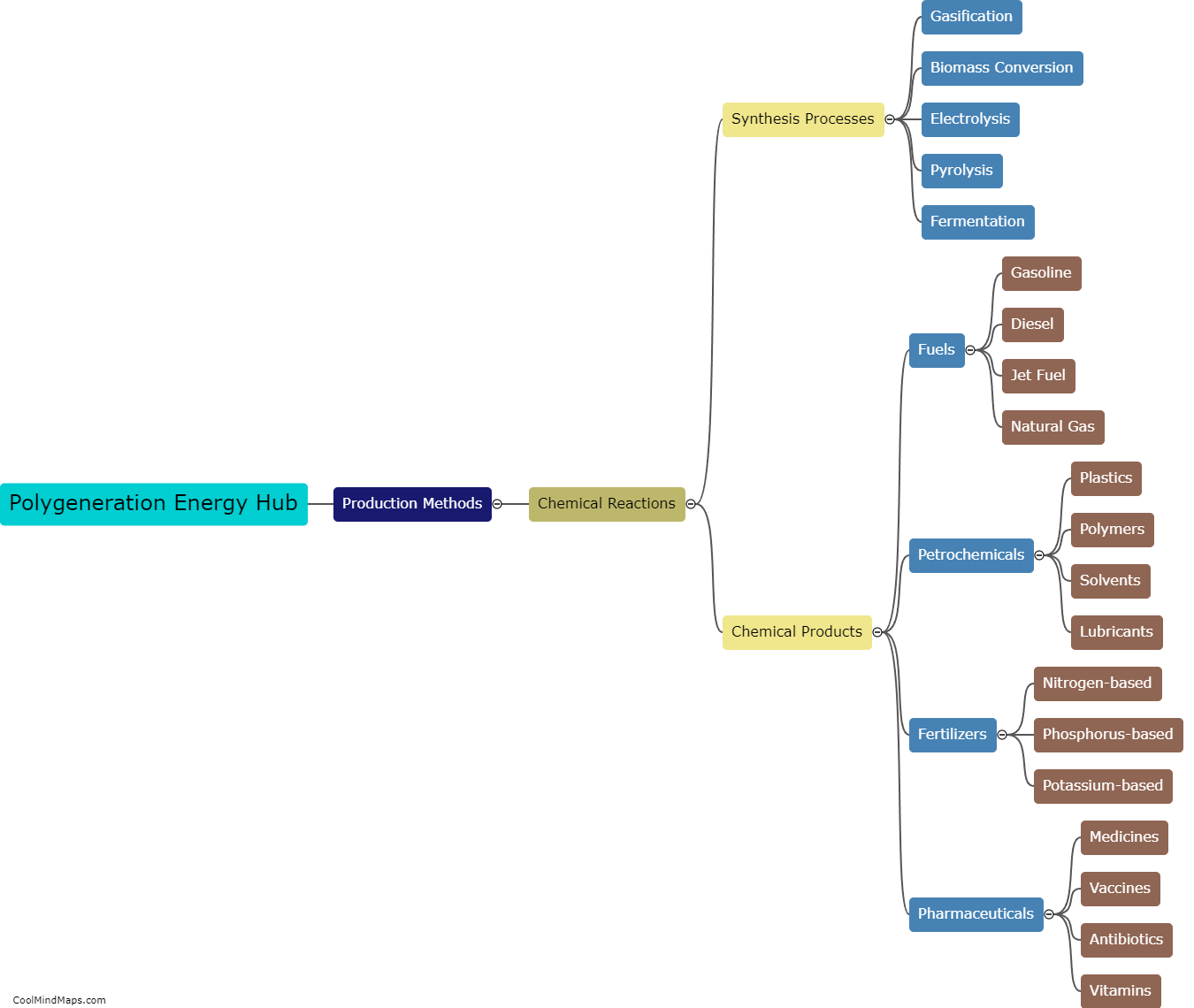
This mind map was published on 26 October 2023 and has been viewed 86 times.

